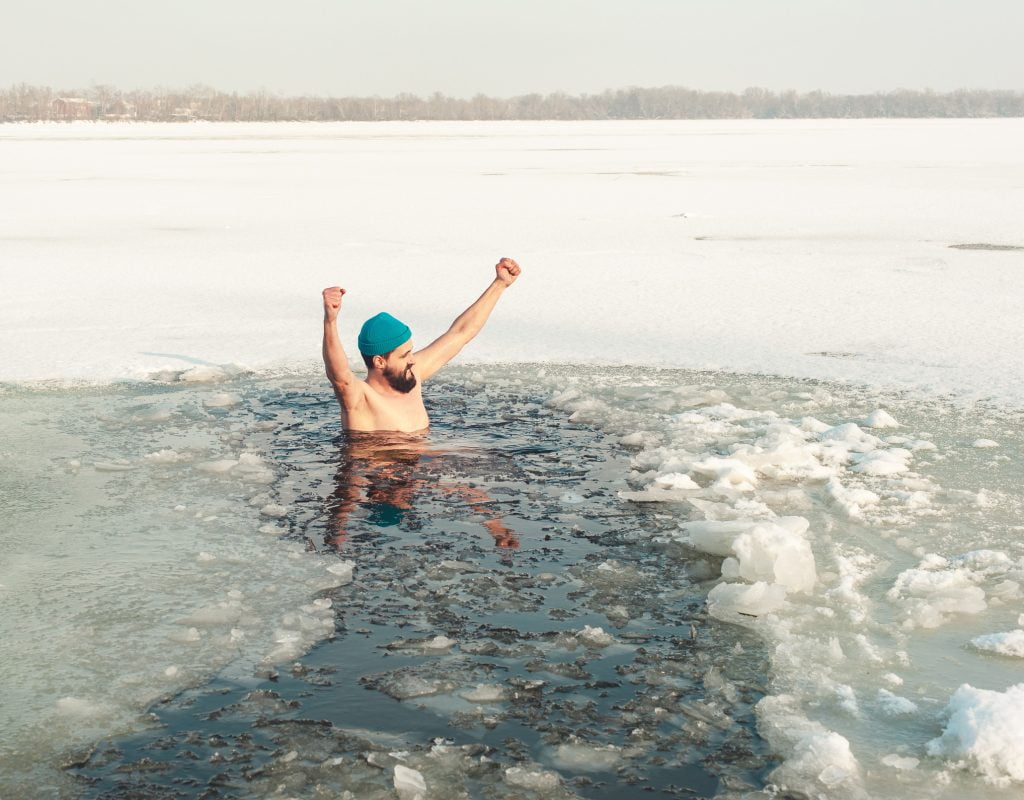Whether you’re an athlete, a wellness enthusiast, or simply someone curious about alternative therapies, you’ve likely heard of the chilling yet surprisingly relaxing practice of taking an ice bath. This ancient method, revamped by modern science, is gaining traction for its purported health benefits, notably its ability to reduce inflammation. But does an ice bath really reduce inflammation? And can it be beneficial for those suffering from chronic inflammation? We’ll dive into the icy waters of cold therapy and explore how embracing the chill can be an invigorating part of your health routine.
Understanding Inflammation
Inflammation is a natural response by your body’s immune system to protect against injuries, infections, and toxins. In the process of protecting and healing the body, it often causes redness, warmth, swelling, and pain in the affected areas. Generally, inflammation is categorized into two types: acute and chronic. Acute inflammation occurs as a short-term response with severe and swift symptoms and is crucial for healing. On the other hand, chronic inflammation is a prolonged, slow-burning response that can last for months or even years, leading to various health issues like arthritis, heart disease, and more.
Chronic inflammation, unlike its acute counterpart, isn’t always obvious but can be detected through persistent fatigue, fever, mouth sores, and rashes. Many lifestyle factors contribute to chronic inflammation, including poor diet, stress, and lack of exercise. Understanding these can help manage and potentially reduce chronic inflammation through targeted lifestyle changes, including the adoption of cold therapy practices like ice baths. In the next sections, we’ll explore how submerging yourself in a cold plunge can turn the tide against inflammation and promote better health.
Ice Baths and Their Historical Use
The use of cold therapy, or cryotherapy, stretches back centuries and spans across various cultures. Ancient civilizations such as the Greeks and Romans used cold baths as a regimen for health and vitality, understanding early on the invigorating effects of cold exposure. In the 19th century, Vincent Priessnitz, a farmer in Silesia, popularized the use of hydrotherapy, including cold water treatments, which gained considerable attention in Europe for treating ailments and improving wellness.
In the East, particularly in Japan, the practice of ‘Misogi’—a ritual purification involving cold water—highlights another historical use of cold exposure to cleanse the spirit and body. Similarly, the Scandinavian tradition of ice swimming coupled with sauna sessions remains a popular health practice. These historical practices laid the groundwork for the modern adaptation of ice baths, now embraced by athletes for recovery and by wellness advocates for overall health improvement, including inflammation management.

How Do Ice Baths Work?

When you submerge your body in an ice bath, the intense cold exposure triggers several physiological responses. Initially, there is vasoconstriction, where blood vessels narrow, reducing blood flow to extremities, thereby decreasing swelling and inflammation. This is followed by vasodilation, where blood vessels widen after exiting the ice bath, improving circulation. This cycle of constriction and dilation helps flush out metabolic waste products from the muscles, alleviating muscle soreness and speeding up recovery.
At the cellular level, cold exposure is thought to decrease the activity of cytokines, which are inflammatory mediators. This reduction can potentially alleviate inflammatory conditions, providing relief from pain and swelling. Moreover, ice baths are believed to stimulate the vagus nerve, which helps control the body’s rest and digest system, thus promoting a state of relaxation and reducing stress-related inflammation.
Scientific studies have supported some of these effects, though research is ongoing. For instance, a study in the “Journal of Physiology” noted that regular cold water immersions reduced perceived muscle soreness after intense physical exercise by about 20%. Another aspect under investigation is the ‘cold-shock’ proteins, which are released during cold exposure and might play a role in reducing inflammation and improving overall health.
With these mechanisms, ice baths not only help in managing acute inflammation resulting from sports injuries but might also offer therapeutic benefits for chronic inflammation when used consistently as part of a comprehensive health regimen. The next section will guide you through safely implementing ice baths in your routine to maximize these potential benefits.
Practical Guide to Using Ice Baths
If you’re ready to try ice baths, it’s important to do so safely to avoid risks such as hypothermia or shock. Here is a step-by-step guide to help you get started:
Prepare Your Ice Bath: Fill a tub with cold water and add ice until the water temperature is around 10-15°C (50-59°F). Ensure you have a thermometer to check the temperature.
- Duration and Frequency: Beginners should start with a short duration of about one to three minutes in the ice bath. Gradually, as your body adapts, you can increase to around five to ten minutes. For inflammation management, two to three sessions per week can be beneficial.
- Safety First: Never take an ice bath alone. It’s important to have someone nearby in case you need assistance. Enter the water slowly, allowing your body to adjust to the temperature gradually.
- After the Bath: Once you exit the bath, dry off quickly and warm up gradually. Gentle movement or a warm blanket can help restore normal body temperature.
Monitor Your Body’s Response: Pay attention to how your body reacts both during and after the ice bath. If you experience undue pain or discomfort, it’s important to exit the water and warm up. This guide should help you safely incorporate ice baths into your routine. However, it’s important to listen to your body and consult with a healthcare provider if you have conditions like cardiovascular disease or diabetes.
Complementary Therapies and Lifestyle Changes
While ice baths can play a significant role in managing inflammation, integrating other therapies and making lifestyle changes can enhance overall results. Here’s a comprehensive look at complementary strategies:
- Anti-inflammatory Diet: Incorporate foods that are rich in omega-3 fatty acids, antioxidants, and polyphenols. Examples include salmon, blueberries, turmeric, and green leafy vegetables. Avoid processed foods, excessive sugar, and trans fats, which can exacerbate inflammation.
- Regular Exercise: Moderate exercise can help reduce inflammation over time. Activities like swimming, cycling, and walking promote blood flow and help mitigate some of the inflammatory responses associated with a sedentary lifestyle.


- Adequate Sleep and Stress Management: Chronic stress and lack of sleep can both contribute to inflammation. Techniques such as mindfulness, meditation, and ensuring 7-9 hours of sleep per night can significantly reduce stress levels and aid in reducing overall inflammation.
- Physical Therapy and Massage: These therapies can help improve circulation and reduce inflammation. Regular sessions with a trained therapist can provide targeted relief and recovery support, especially for those dealing with chronic pain and inflammation.
By combining these practices with regular ice baths, individuals can create a powerful regimen for managing inflammation more effectively. It is essential, however, to consult with healthcare providers to ensure all elements of this regimen are suitable for your specific health conditions.
Ice baths offer a fascinating blend of ancient tradition and modern science in the quest to manage and reduce inflammation. Whether dealing with the aftermath of intense physical activity or chronic inflammatory conditions, ice baths can be a valuable part of your health toolkit. However, they should be approached with caution and proper preparation, especially when used regularly for chronic conditions.
We encourage everyone to consider not only the potential benefits but also the limitations and risks associated with ice baths. Personal experiences vary, and what works for one person might not work for another. We invite our readers to share their experiences and insights on using ice baths for inflammation. Have you found them beneficial? Have you experienced any challenges or noteworthy improvements? Your feedback can help others navigate their health journeys with more knowledge and confidence.
If you’ve enjoyed this article or have your own experiences with ice baths and inflammation to share, we encourage you to comment below. Or check out our services! Sharing your story can inspire others and provide valuable insights into this intriguing practice. Stay chilled, stay healthy, and remember—always listen to your body and consult with healthcare professionals when embarking on new health practices.
